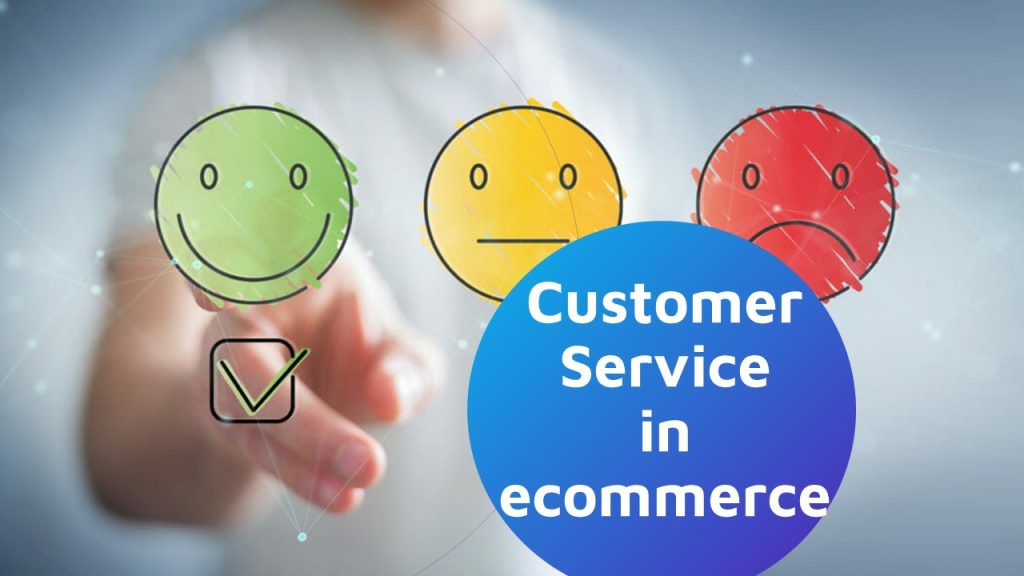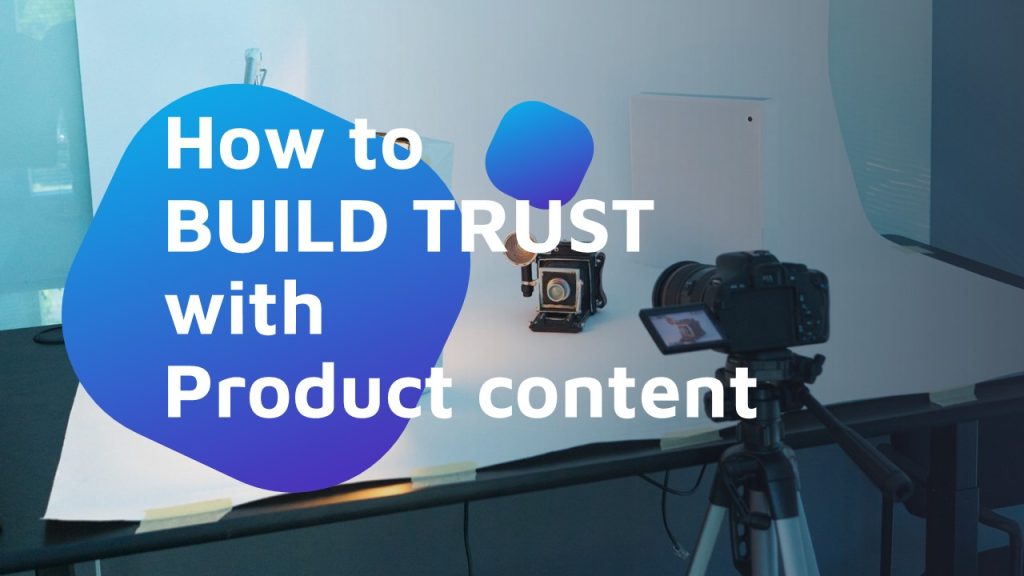The irruption, expansion, and evolution of ecommerce has stemmed into a bunch of different modalities that were once believed to be exclusive. Online stores peaked during the 2020 pandemic and opened a myriad of new variants of hybrid ecommerce as Covid restrictions softened.
Thus, we have seen how, rather than eliminating physical stores, e-commerce has integrated them, combining the different stages in conversion funnels in hybrid processes to which brands have had to adapt.
In this post, we’ll go over them.
From physical to online stores
Brick-and-mortar retailers have been the minimal particle in the history of trade. Going online was a challenging decision for those with little digital education, who used to live mainly from local customers and communities. The pandemic lockdowns were a turning point, if not the final blow for many of them. Many managed to survive through last-minute digitalization, shaping hybrid ecommerce as we now know it.
But those who managed to survive were late in terms of competition, awareness, and savviness. Because online stores are the core element in ecommerce in any of its variants. From large corporations and distributors who have progressively shifted to a DTC model, to dropshippers who found a goldmine in having extensive catalogs online without the need to buy beforehand and store large bulks.
Not in vain, Forbes stated that physical stores are key in hybrid ecommerce or, in the author’s words, in the hybridization of retail.
In between the two, a few subcategories have appeared to adapt to the rising changes in consumer behavior.

Click & Collect
Also known as BOPO (Buy Online – Pickup in Store), the Click & Collect model was already popular at the early stages of ecommerce. But the logistic hassle behind it posed a certain amount of risk in customer satisfaction: inventory, communication, questions, after-sales, cancellations, and returns.
Nevertheless, the convenience and flexibility it gives to customers make it a widespread modality with proven benefits for everyone.
On the one hand, customers save time and get a greater feeling of belonging, which increases their satisfaction in the long run. On the other one, businesses also save time and reduce costs by not spending in homes deliveries. All in all, the Click & Collect model makes a clear and simple example of what an omnichannel business model looks like.
The key to success resides in giving products the right presentation: mainly high-quality close-up shots to show their features and lifestyle pictures to make it relatable. Other types of content are useful too, but what matters the most is providing the most realistic expectations to avoid returns and build a strong brand reputation.
Webrooming
Younger consumers were already used to online shopping, and the not-so-young ones rapidly got used to it. But it just wasn’t the same, and many still preferred to see what products actually looked and felt like.
Consumers had learned to be in control of all details before purchase. This way no question was left unanswered – if any, it could be sorted out in person. Also known as ROPO (Research Online, Purchase Offline), the webrooming modality was born. Webrooming provides consumers with the convenience of online shopping and the assurance of a physical store. At this point, influencers become brands’ greatest allies.
That is why webrooming offers several advantages to all involved actors:
- Customers learn more about the products before buying them.
- It allows easier returns and reduces them by allowing consumers to confirm their expectations before purchase.
- Saves shipping costs.
- It supports local businesses.

Showrooming
The internet allows comparing products like never before to find the best deals and understand their features and functionalities. But people still enjoy visiting shops to get the real touch and feel of products. They love getting their questions answered by employees. Employees who spend time convincing potential buyers, and ignore that the actual sale will happen online .
Well, that’s showrooming. A subcategory of ecommerce where everything happens offline except the actual sale. Unlike webrooming, product discovery often happens online – mainly because advertising happens online. But consumers discover products offline too (for example, through visual search), and compare their options in a variety of ways: social media, online reviews, face-to-face, and of course physical shops.
Conclusion
Both webrooming and showrooming are considered subcategories of ecommerce. But that may be inaccurate now that omnichannel has become essential for brands to offer the same experience regardless of the channel.
Also, what defines them is the ensemble of actions taken by users from discovery to purchase, and a very thin line makes the difference between the two.
Not too long ago, it was believed that showrooming was going to have a negative effect on physical stores. Merely because consumers could just buy everything online. The phenomenon of webrooming, however, suggests that physical stores still have a role to play in the future of commerce. Content2Sell specializes in marketing content for products, as useful in physical as in online stores. Because effective marketing content is the one that brings sales, no matter what channel your customers choose.



